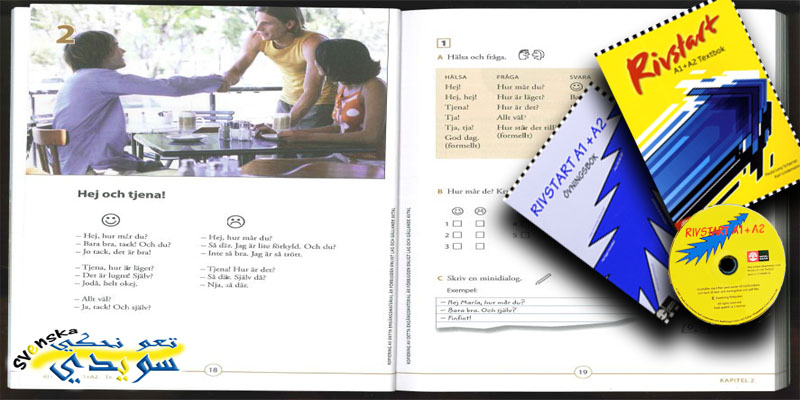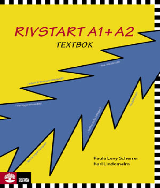

There are no distinctions between short and geminated vowels in BulgarianĤ. Bulgarian is the only Slavic language, together with Slovene, that has kept the Old Church Slavonic soundģ. In Bulgarian, voiced consonants may not constitute the nucleus of a syllableĢ. Modern Bulgarian differs from other Slavic languages in many aspects, including:ġ.

This is probably the reason why today's Standard Bulgarian is closer to what people really speak than most of the other Slavic languages. The texts produced at the time, known as будители, favored the everyday language and its dialects. Nasal vowels disappeared, the case suffixes gradually suffered lenition and the language clearly showed signs that it was bound for analyticity.įrom the 15th century on, during the rise of the Modern Bulgarian language, many of the most influential Bulgarian authors started to declare their cultural independence from the Turkish political oppression and the Greek religious dominance. Throughout the centuries, that highly inflected language became a mostly analytical language.įrom the 12th century until the end of the 14th century, a period known as Middle Bulgarian, many of today's features were introduced. In many senses, Old Bulgarian was much more like other modern Slavic languages than Modern Bulgarian. Three verb moods: indicative, imperative and conditional Numerals 5 through 10 were singular nouns.ġ0. Numerals 1 through 4 were adjectives and had gender variation.

Pronouns only for the first and second persons (singular and plural)ĩ. No definite articles, but there were combinations of nouns and demonstrative pronouns that later gave rise to the postposited articlesĦ. Morphosyntactic case-markings: Nouns, adjetives, numerals and pronouns had seven casesĥ. Its main characteristics are listed below:Ģ. At that time, and until about the end of the 11th century, Bulgarian was a much more synthetic language than it is today. This marks the beginning of a period in the history of the Bulgarian language known as Old Bulgarian. and its language, as well as its alphabet, are probably the basis for many other Slavic languages.Ĭyril and Methodius, Byzantine Greek brothers who were sent to Great Moravia as Christian missionaries, invented the Glagolitic Alphabet between 862 and 863, the first script used to transcribe the proto-language known as Old Church Slavonic. Bulgaria is one of the oldest European States.


 0 kommentar(er)
0 kommentar(er)
